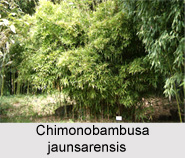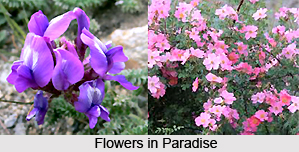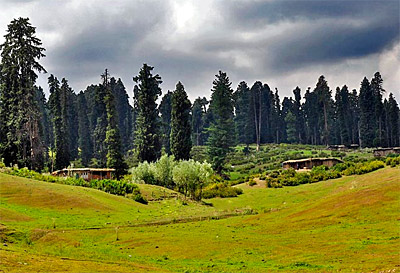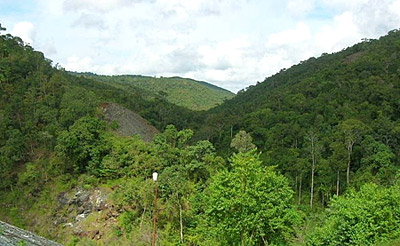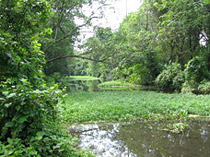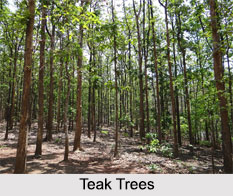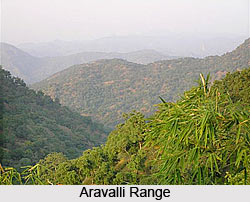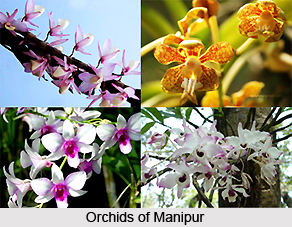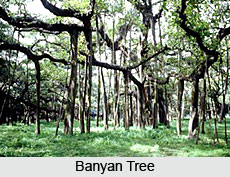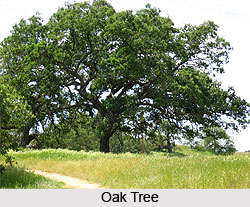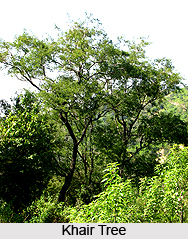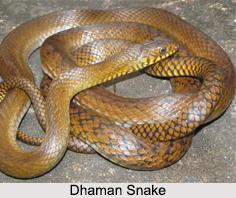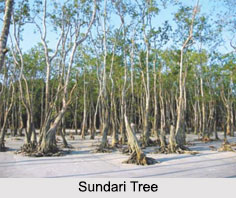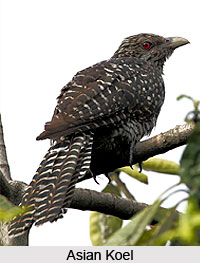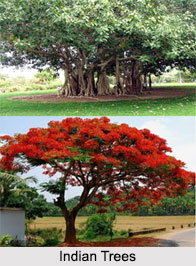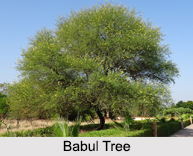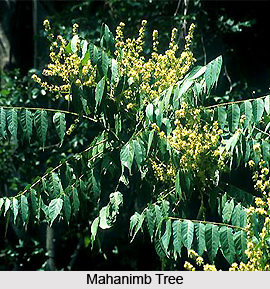 Mahanimb is a huge deciduous tree which grows to a height of about 24 meters. It is found in various regions of India. Mahanimb possesses high medicinal value and in Unani practice and Ayurveda it is used in treating bronchitis and asthma. The Botanical name of this Indian medicinal plant is Ailanthus excelsa Roxb. Various other names by which Mahanimb is called are Adusa, Motoaduso, Arduri and Moto-Araduso in Gujarati, Bende, Doddamara, Doddabevu and Hemara-Heera Mara in Kannada, Adulsa and Maharuk in Marathi, Aralu, Madala, Atarusha and Mahanimba in Sanskrit, Maharukha, Limbada and Maharuk in Hindi, Mattipongilyam and Peru in Malayalam, Mahanim, Gorimakkaba, Mahala and Yoli in Oriya language, Peddaman and Ped-Damanu in Telugu and Peruppi, Perumaruttu and Peru in Tamil language.
Mahanimb is a huge deciduous tree which grows to a height of about 24 meters. It is found in various regions of India. Mahanimb possesses high medicinal value and in Unani practice and Ayurveda it is used in treating bronchitis and asthma. The Botanical name of this Indian medicinal plant is Ailanthus excelsa Roxb. Various other names by which Mahanimb is called are Adusa, Motoaduso, Arduri and Moto-Araduso in Gujarati, Bende, Doddamara, Doddabevu and Hemara-Heera Mara in Kannada, Adulsa and Maharuk in Marathi, Aralu, Madala, Atarusha and Mahanimba in Sanskrit, Maharukha, Limbada and Maharuk in Hindi, Mattipongilyam and Peru in Malayalam, Mahanim, Gorimakkaba, Mahala and Yoli in Oriya language, Peddaman and Ped-Damanu in Telugu and Peruppi, Perumaruttu and Peru in Tamil language.
Mahanimb is a large, deciduous tree which is about 24 meters tall, with a straight, cylindrical bole. The bark is light grey and smooth in the young trees, with large leaf-scars, or rough, granular and greyish-brown in older trees. Leaves of this tree are pinnately compound, usually 20 to 30 centimetres long (occasionally to 90 centimetres). The leaflets are 6 to 14 pairs, alternate or sub opposite, very variable in shape and 10 to 15 centimetres long, irregularly toothed margins and unequal base. The petioles are 2 to 5 centimetres long. Flowers of this medicinal plant are yellowish in colour and are borne in large, lax, branched panicles. The calyx lobes are ovate and triangular. The petals are 4 millimetres long, ovate-lanceolate, glabrous and reflexed. Fruit is a one-seeded samara, 3.8 to 5.5 centimetres long and 1 to 1.3 centimetres wide, lanceolate, acute at both ends, reddish-brown, twisted near the base and many-nerved. In central India, flowering occurs mainly between the months of January and March and fruiting takes place from April to May.
Mahanimb is found in central and southern India and throughout eastern Gujarat, Madhya Pradesh, southern Bihar, coastal districts of Andhra Pradesh state and some parts of Orissa. It is extensively cultivated in various parts of India in the vicinity of villages and in the form of an avenue tree in cities. This tree grows well on porous loamy soils.
Mahanimb is of great medicinal use. Its bark is aromatic, bitter, astringent, febrifuge and anthelmintic, and possesses antispasmodic and expectorant properties. In Unani practice and Ayurveda, it is used to treat asthma and bronchitis, and as an astringent for dysentery and diarrhoea. It is also used to treat earache and dyspepsia. Among the Kolams of northern Andhra Pradesh, the fresh stem bark is chewed to get relief from stomach pain. The bark possesses antiseptic properties and it is used as an infusion to promote healing of wounds. In Rajasthan, the Bhils inhale the vapours of the boiling bark to get relief from colds and coughs. A tonic prepared from the leaves and bark is used in different parts of India to relieve debility following childbirth.
